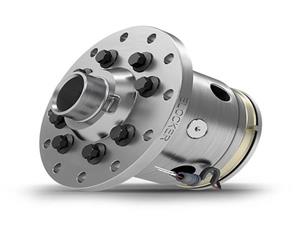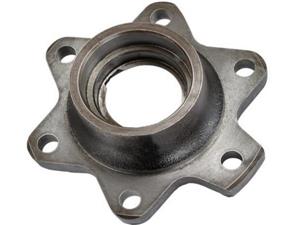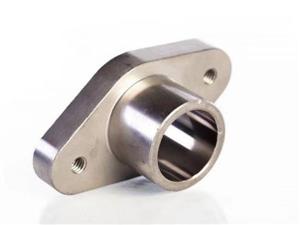Differences and Similarities in Casting Technology between Large Steel Castings and Iron Castings
Large steel castings and cast iron castings are both iron carbon alloy products cast through certain melting techniques. So, what are the similarities and differences in the casting process between the two?
In terms of mold production, steel castings are basically the same as cast iron castings, with the difference being that considering the shrinkage ratio of cast steel is larger than that of cast iron, and the fluidity of cast steel is poor, steel castings need to be appropriately increased with risers and feeding ports.
Due to the characteristics of high melting point, easy oxidation of molten steel, poor fluidity and large shrinkage of molten steel, in order to prevent defects such as insufficient pouring, cold shuts, shrinkage and porosity, cracks, and sand sticking in steel castings, more complex process measures need to be taken than cast iron:
1. Due to the poor fluidity of steel liquid, in order to prevent cold shuts and insufficient pouring of steel castings, the wall thickness of steel castings should not be less than 8mm; The structure of the pouring system should be simple and the cross-sectional size should be larger than that of cast iron; Adopting dry casting or hot casting; Increase the pouring temperature appropriately, usually between 1520 ℃ and 1600 ℃, because the pouring temperature is high, the superheat of molten steel is high, and the liquid state is maintained for a long time. However, if the pouring temperature is too high, it can cause defects such as coarse grains, hot cracking, porosity, and sand sticking. So it is necessary to control the pouring temperature reasonably.
2. Due to the fact that the shrinkage of cast steel greatly exceeds that of cast iron, in order to prevent shrinkage defects and porosity in castings, measures such as risers, chills, and subsidies are mostly used in the casting process to achieve sequential solidification.
Cast iron is relatively wear-resistant, but its strength is still relatively low. Its resistance and plasticity are also slightly poor, and its weldability is also slightly higher. Large steel castings are widely used in various industries such as railways, construction, metallurgical machinery, and mining equipment. Large steel castings have similar functions to cast iron, but have better strength than cast iron and can be welded.





